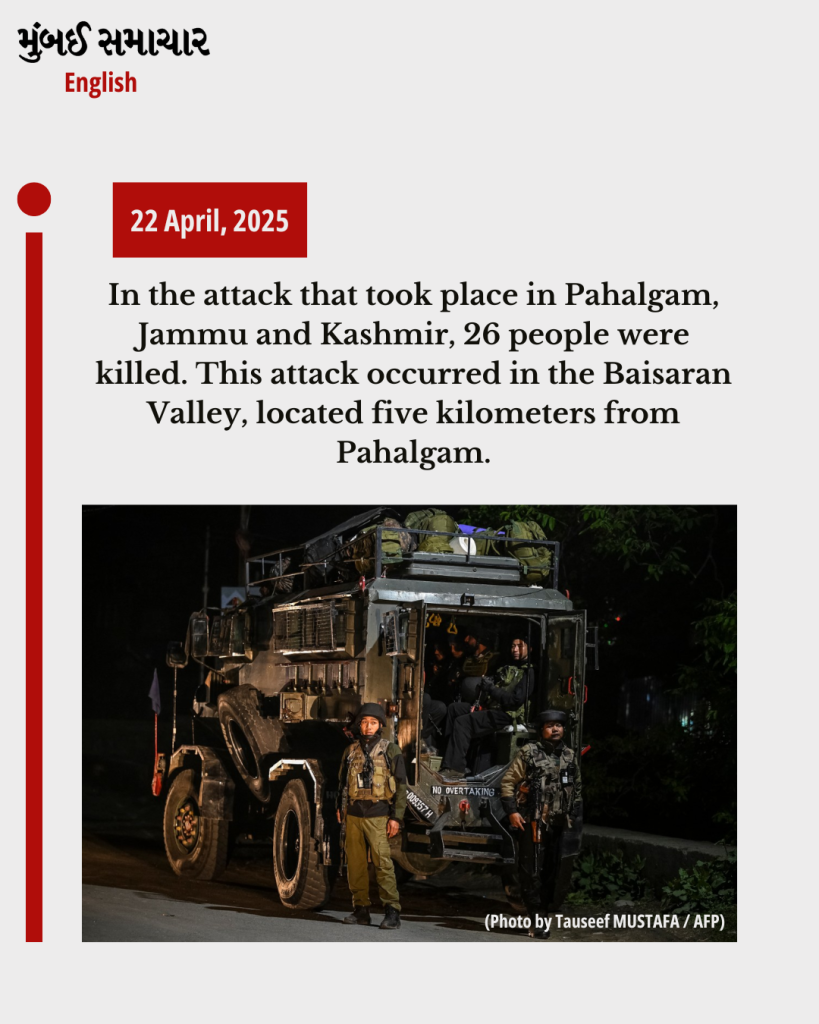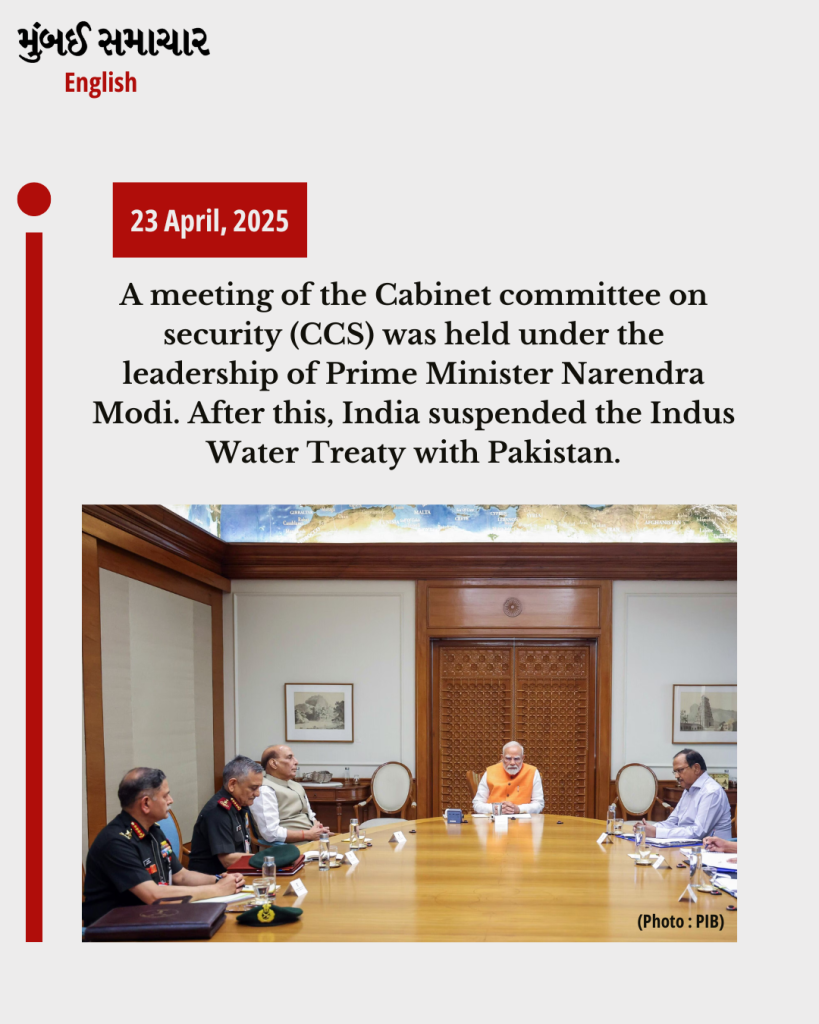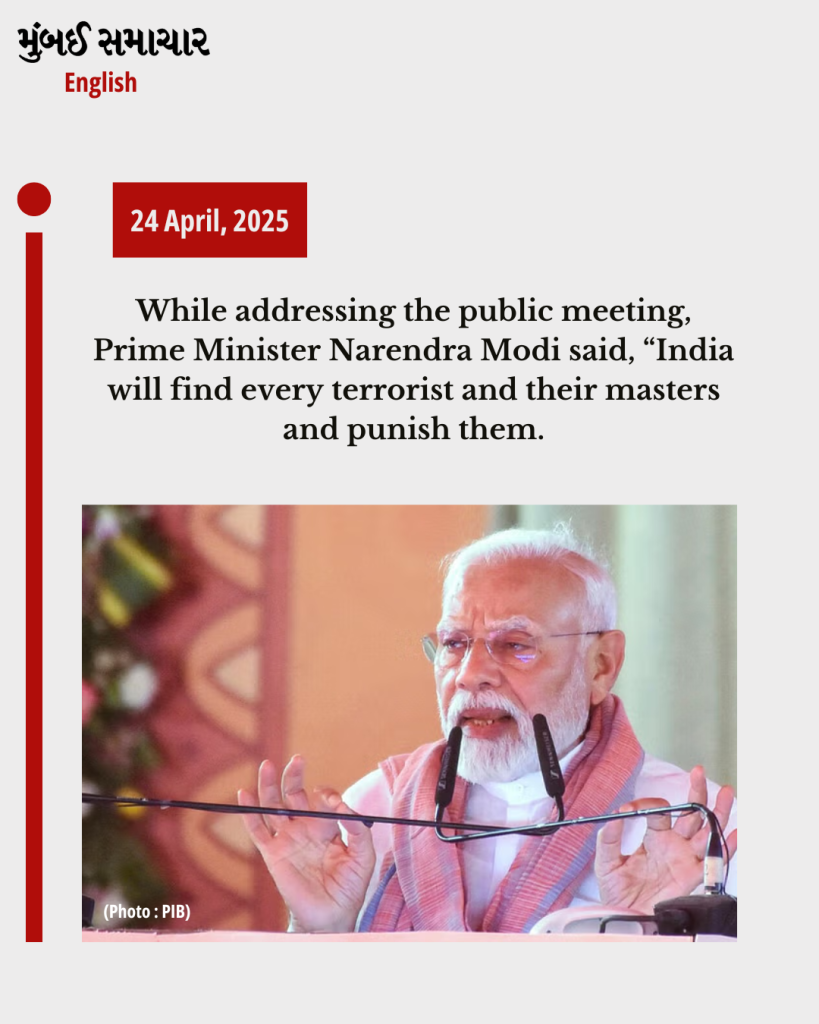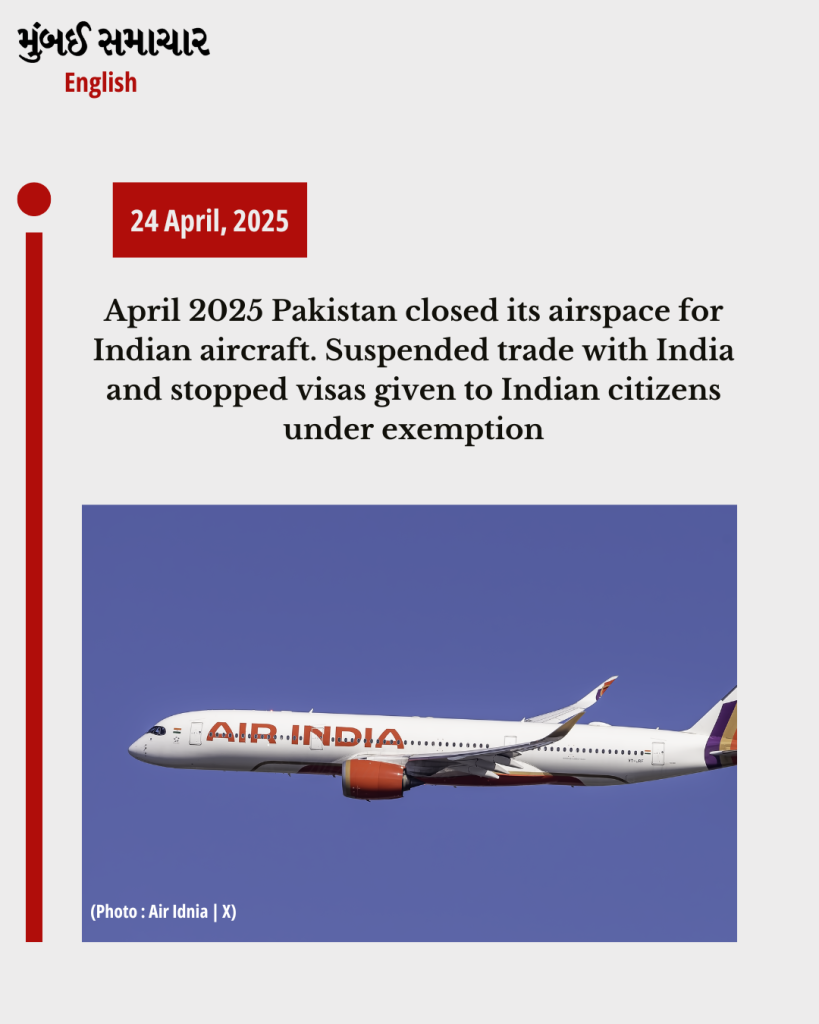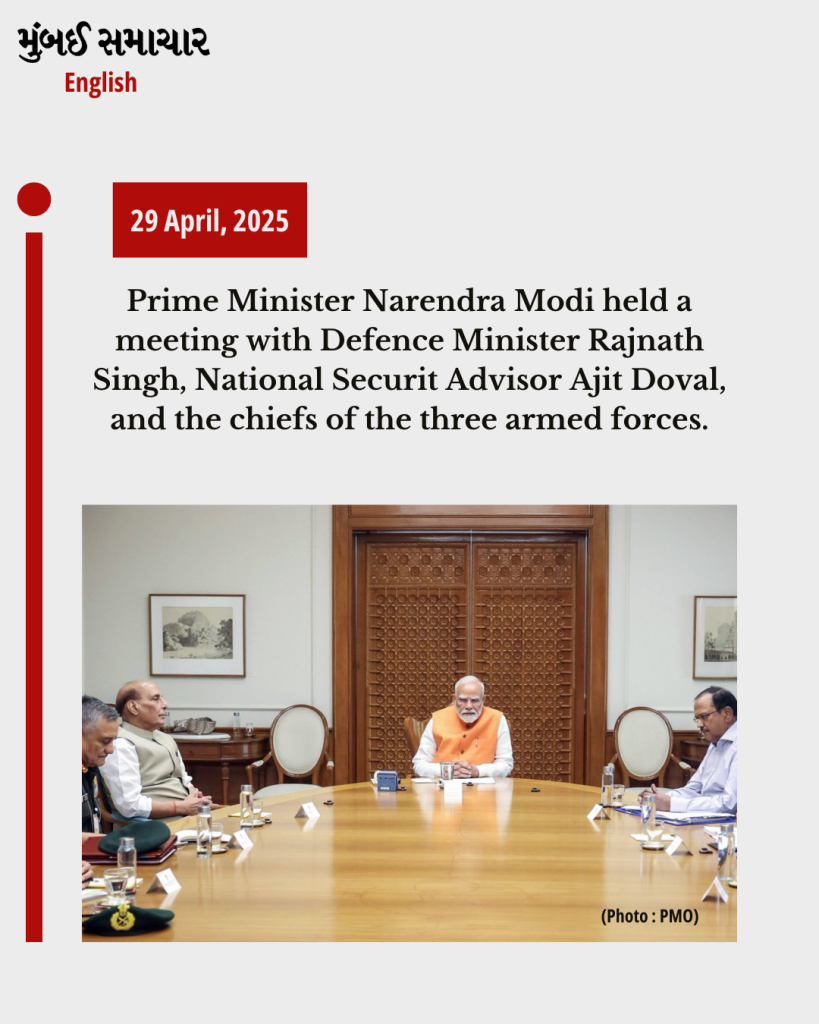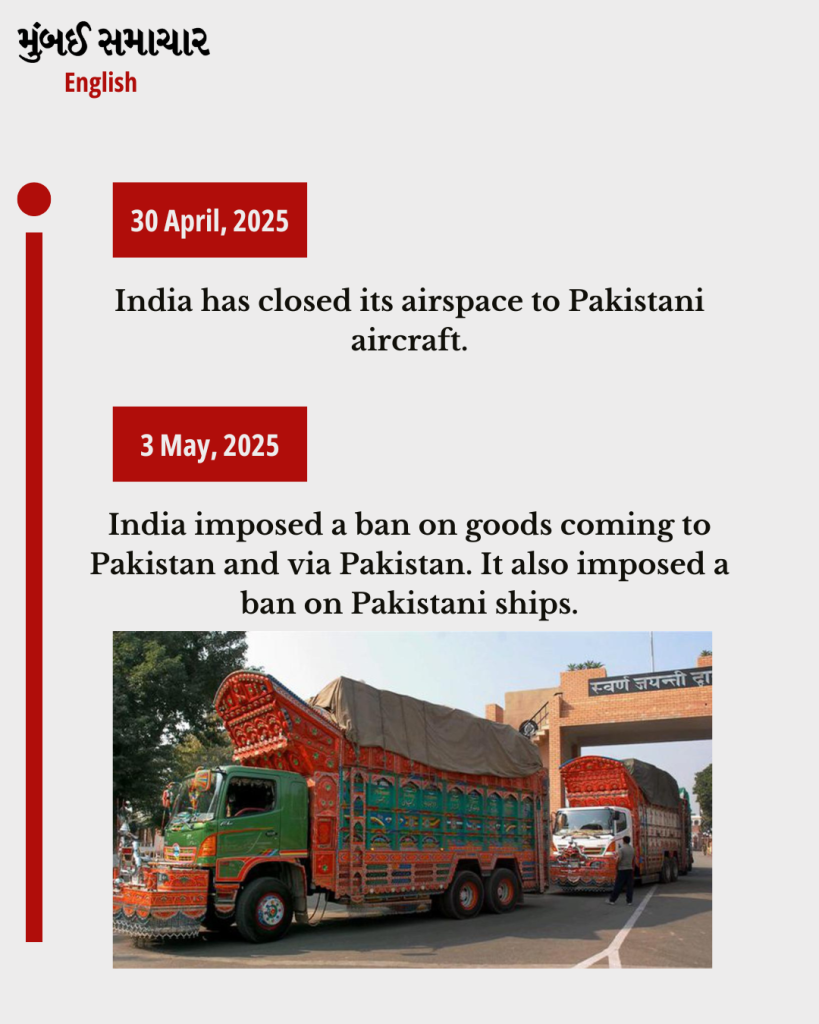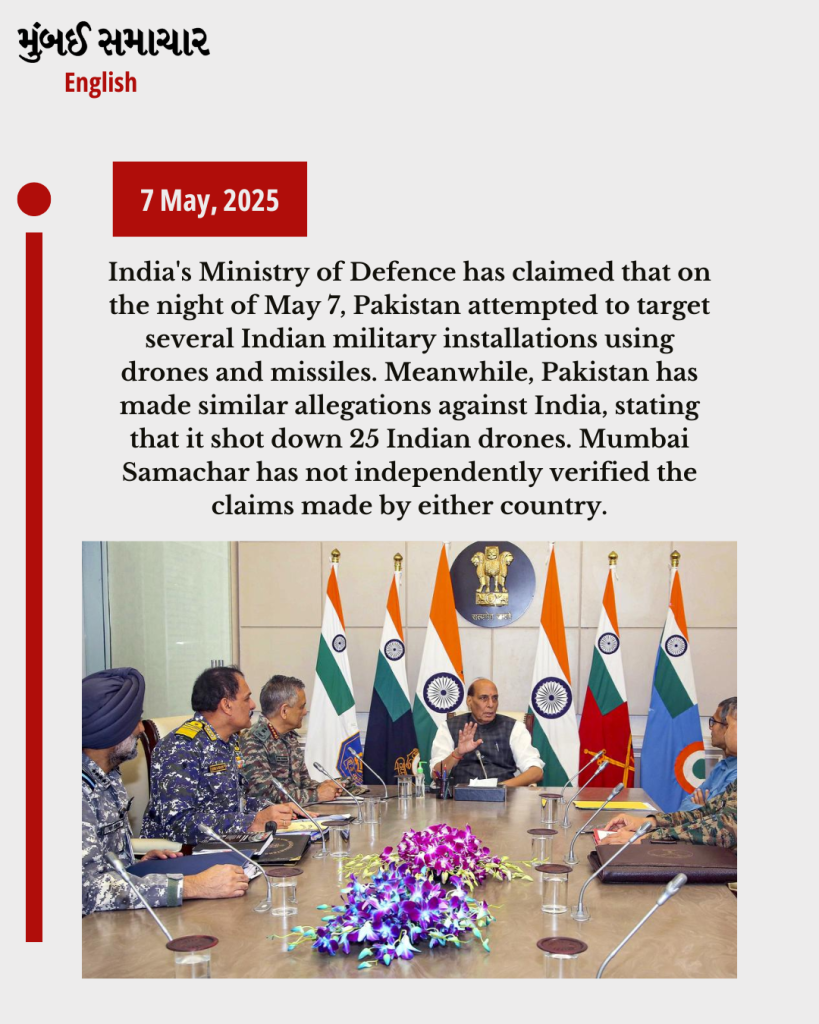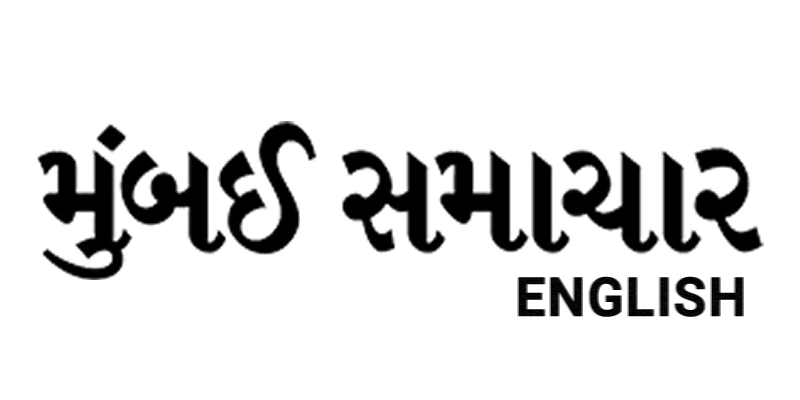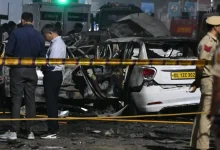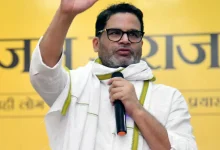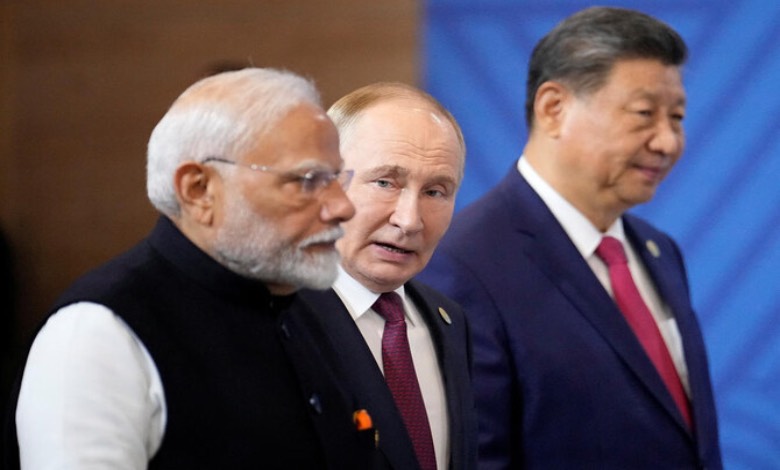
(From Our Correspondent)
Pakistan fought two major wars with India in 1965 and 1971 during the Cold War era. At the time, Pakistan was aligned with the U.S.-led Western bloc. In 1979, during this same Cold War period, the Soviet Union invaded Afghanistan, aiming to install a communist regime and keep Islamist extremists out of power. In contrast, the United States sought to weaken communist governments worldwide and supported Pakistan to counter Soviet influence in Afghanistan, providing Islamabad with economic and military assistance.
However, the U.S.-Pakistan partnership was based on strategic needs and not designed to be permanent. Ironically, the radical groups that the U.S. and Pakistan once empowered in Afghanistan have since become a long-standing challenge for both.
In 1962, China attacked India. Three years later, in 1965, Pakistan launched a war against India, believing that India, demoralized after the China conflict, would be easy to defeat. That assessment proved wrong. The U.S. provided no military aid to Pakistan in 1965 and maintained a neutral stance toward India. However, in the 1971 war, Washington supported Islamabad. The U.S. even sent its aircraft carrier, USS Enterprise, from Vietnam to the Bay of Bengal a move seen as a warning to the Soviet Union that America could assist Pakistan if needed. Though no direct intervention occurred, Washington’s diplomatic and psychological support was evident.
In August 1971, Indian Prime Minister Indira Gandhi signed the India-Soviet Treaty of Peace, Friendship, and Cooperation. The Soviet Union pledged diplomatic and military backing to India in the event of war. The India-Pakistan war in December 1971, which lasted 13 days, was triggered by a humanitarian crisis in East Pakistan and eventually led to the creation of Bangladesh. Despite support from the West and Islamic nations, Pakistan lost each conflict with India. In 1999, nine years after the Cold War ended, Pakistan once again initiated conflict in Kargil but was forced to withdraw.
India’s Economic Rise
Since those wars, the global landscape has shifted significantly. The Soviet Union collapsed, giving way to a unipolar world dominated by the U.S., although China is now emerging as a new global power. India, meanwhile, has become the world’s fourth-largest economy. Pakistan, in contrast, continues to rely on economic support from Saudi Arabia, China, and international financial institutions. With the U.S. no longer focused on who governs Afghanistan, its reliance on Pakistan has decreased.
The strength of bilateral relations today is measured by economic interdependence. India’s trade with the U.S. and China exceeds $100 billion annually, and trade with the UAE also surpasses $100 billion. Trade with Saudi Arabia stands at around $50 billion. Since the Ukraine-Russia conflict began in February 2022, Indo-Russian trade has also climbed past $65 billion. Notably, these major Indian trade partners are either friends of Pakistan or were in the past. Yet, their trade with Pakistan is minimal.
Where Does Turkey Stand?
Nations are unlikely to jeopardize trade with a massive market like India. When India revoked Jammu & Kashmir’s special status, Saudi Arabia did not oppose it, prompting Pakistani analysts to argue that Saudi economic interests lie with India. Even Prime Minister Modi, known for his Hindu nationalist image, has been referred to as an “elder brother” by Saudi Crown Prince Mohammed bin Salman. In today’s post-Cold War world, India’s global relevance has grown, while Pakistan struggles to maintain its past significance.
Since Donald Trump’s re-election in January, the focus has shifted even more toward transactional relationships—what nations buy and sell—rather than past alliances. Trump has expressed interest in improving ties with Russia, while Pakistan’s economic troubles limit its ability to either buy or sell on a large scale.
Both India and Pakistan are nuclear powers, and rising tensions have led global leaders to call for dialogue and de-escalation. The international response to this crisis has revealed which countries sympathize with Pakistan, which support India, and which remain neutral.
Turkey’s Response
On Thursday night, Turkish President Recep Tayyip Erdoğan posted on X, expressing concern over escalating tensions between India and Pakistan. He warned of the potential for war and loss of civilian life due to missile strikes. Calling Pakistan and its people “like brothers,” Erdoğan said he prays for their safety. He also spoke to Pakistani PM Shehbaz Sharif by phone and called for an international probe into the Pahalgam terror attack. His remarks closely align with Pakistan’s narrative.
Under Erdoğan, Turkey has deepened military ties with Pakistan, while its relations with India have become more distant. Both countries are Sunni Muslim-majority nations and frequently speak of Islamic unity. Despite this, annual trade between India and Turkey exceeds $10 billion, whereas trade with Pakistan barely crosses $1 billion.
Saudi Arabia and Iran’s Diplomatic Outreach
On Thursday, Saudi Minister of State for Foreign Affairs Adel al-Jubeir made an unannounced visit to India, meeting with External Affairs Minister S. Jaishankar and Prime Minister Narendra Modi. Reports suggest he may visit Pakistan next. Iranian Foreign Minister Seyyed Abbas Araghchi also visited India, following a prior trip to Pakistan. While Araghchi’s trip was pre-scheduled, al-Jubeir’s sudden visit and high-level meetings were considered unusual. Notably, PM Modi had cut short a Saudi visit following the deadly April 22 attack in Pahalgam that killed 26 tourists.
What Do Saudi Arabia and Iran Want?
Following his meeting with al-Jubeir, EAM Jaishankar stated on X that they had a productive discussion, especially on India’s firm stance against terrorism. On April 30, Saudi Arabia had issued a neutral statement urging both India and Pakistan to resolve disputes through dialogue. This neutrality marked a shift from its historical alignment with Pakistan.
Saudi Arabia has long supported Pakistan during times of crisis from the wars in 1965 and 1971 to the 1998 nuclear tests, when Riyadh promised to supply 50,000 barrels of oil per day to Pakistan. But global dynamics have changed. Western distrust in Pakistan has grown, while India has moved closer to Western powers. In 2019, after India revoked Kashmir’s special status, Saudi Arabia remained neutral—prompting Pakistan’s then foreign minister Shah Mahmood Qureshi to publicly criticize Riyadh.
Where Does Iran Stand?
Traditionally aligned with Pakistan on Kashmir, Iran’s Supreme Leader Ayatollah Khamenei has also voiced concerns about Indian Muslims. However, in light of recent tensions following the Pahalgam attack, Iran is taking a neutral, mediator role. During his India visit, Araghchi met with Jaishankar, NSA Ajit Doval, and President Droupadi Murmu. Iran’s Foreign Ministry stated that the two nations share historical and cultural ties, and discussed economic cooperation, including the Chabahar Port project. Both sides also stressed the importance of regional stability and dialogue between India and Pakistan.
Iran’s neutral stance is notable given its adversarial relationship with Israel an open supporter of India. Israeli envoys have repeatedly said that India has the right to defend itself. France, too, has backed India’s fight against terrorism. While China expressed regret over Indian military actions inside Pakistan, it also condemned terrorism. Russia reiterated its support for India in combating terrorism, as did the United States, which called for de-escalation. U.S. politician Nikki Haley and former UK Prime Minister Rishi Sunak have also openly supported India’s military response.
What happened after Pahalgam?
